Vlado A. Lubarda0849311381, 9780849311383
Table of contents :
1138_PDF_TOC.pdf……Page 1
Elastoplasticity Theory……Page 3
Forthcoming Titles……Page 2
Contents……Page 5
Preface……Page 14
Part 1: ELEMENTS OF CONTINUUM MECHANICS……Page 18
Table of Contents……Page 0
1.1. Vectors……Page 19
1.2. Second-Order Tensors……Page 20
1.3. Eigenvalues and Eigenvectors……Page 22
1.5. Change of Basis……Page 23
1.6. Higher-Order Tensors……Page 24
1.7.1. Vectors……Page 26
1.7.2. Second-Order Tensors……Page 27
1.8. Induced Tensors……Page 29
1.9. Gradient of Tensor Functions……Page 31
1.10. Isotropic Tensors……Page 32
1.11.1. Isotropic Scalar Functions……Page 33
1.11.2. Isotropic Tensor Functions……Page 34
1.12. Rivlin’s Identities……Page 35
1.12.1. Matrix Equation A · X + X · A =B……Page 36
1.13.1. Differential Operators……Page 37
1.13.2. Integral Transformation Theorems……Page 39
References……Page 41
2.1. Material and Spatial Description of Motion……Page 43
2.2. Deformation Gradient……Page 44
2.2.1. Polar Decomposition……Page 45
2.2.2. Nanson ’s Relation……Page 47
2.2.3. Simple Shear……Page 48
2.3.1. Material Strain Tensors……Page 49
2.3.2. Spatial Strain Tensors……Page 51
2.3.3. Infinitesimal Strain and Rotation Tensors……Page 52
2.4. Velocity Gradient, Velocity Strain, and Spin Tensors……Page 53
2.5. Convected Derivatives……Page 55
2.5.1. Convected Derivatives of Tensor Products……Page 57
2.6.1. Rates of Material Strains……Page 59
2.6.2. Rates of Spatial Strains……Page 60
2.7. Relationship between Spins W and w……Page 61
2.8. Rate of F in Terms of Principal Stretches……Page 62
2.8.1. Spins of Lagrangian and Eulerian Triads……Page 65
2.9. Behavior under Superimposed Rotation……Page 66
References……Page 68
3.1. Cauchy Stress……Page 71
3.2. Continuity Equation……Page 73
3.3. Equations of Motion……Page 74
3.4. Symmetry of Cauchy Stress……Page 76
3.5. Stress Power……Page 77
3.6.1. Material Stress Tensors……Page 78
3.6.2. Spatial Stress Tensors……Page 80
3.7. Nominal Stress……Page 81
3.7.1. Piola –Kirchhoff Stress……Page 83
3.8. Stress Rates……Page 84
3.8.1. Rate of Nominal Stress……Page 85
3.9. Stress Rates with Current Configuration as Reference……Page 86
3.10. Behavior under Superimposed Rotation……Page 88
3.11. Principle of Virtual Velocities……Page 89
3.12. Principle of Virtual Work……Page 91
References……Page 92
4.1. Energy Equation……Page 94
4.1.1. Material Form of Energy Equation……Page 95
4.2. Clausius –Duhem Inequality……Page 97
4.3. Reversible Thermodynamics……Page 98
4.3.1. Thermodynamic Potentials……Page 99
4.3.2. Specific and Latent Heats……Page 101
4.4. Irreversible Thermodynamics……Page 102
4.4.1. Evolution of Internal Variables……Page 104
4.4.2. Gibbs Conditions of Thermodynamic Equilibrium……Page 105
4.5. Internal Rearrangements without Explicit State Variables……Page 106
4.6. Relationship between Inelastic Increments……Page 108
References……Page 111
Part 2: THEORY OF ELASTICITY……Page 113
5.1. Green-Elasticity……Page 114
5.2. Cauchy-Elasticity……Page 117
5.3. Isotropic Green-Elasticity……Page 118
5.4. Further Expressions for Isotropic Green-Elasticity……Page 119
5.5. Constitutive Equations in Terms of B……Page 120
5.6. Constitutive Equations in Terms of Principal Stretches……Page 122
5.7. Incompressible Isotropic Elastic Materials……Page 123
5.8. Isotropic Cauchy-Elasticity……Page 124
5.9. Transversely Isotropic Materials……Page 125
5.9.1. Transversely Isotropic Cauchy-Elasticity……Page 128
5.10. Orthotropic Materials……Page 129
5.10.1. Orthotropic Cauchy-Elasticity……Page 130
5.11.1. Crystal Classes……Page 131
5.11.2. Strain Energy Representation……Page 134
5.11.3. Elastic Constants of Cubic Crystals……Page 135
References……Page 137
6.1. Elastic Moduli Tensors……Page 142
6.2. Elastic Moduli for Conjugate Measures with n = ±1……Page 144
6.3. Instantaneous Elastic Moduli……Page 146
6.4. Elastic Pseudomoduli……Page 147
6.5. Elastic Moduli of Isotropic Elasticity……Page 149
6.5.1. Components of Elastic Moduli in Terms of C……Page 151
6.5.2. Elastic Moduli in Terms of Principal Stretches……Page 152
6.6. Hypoelasticity……Page 153
References……Page 156
7.1. Principle of Stationary Potential Energy……Page 159
7.2. Uniqueness of Solution……Page 160
7.3. Stability of Equilibrium……Page 161
7.4. Incremental Uniqueness and Stability……Page 162
7.5. Rate-Potentials and Variational Principle……Page 163
7.5.1. Betti ’s Theorem and Clapeyron ’s Formula……Page 165
7.5.3. Current Configuration as Reference……Page 166
7.6. Uniqueness of Solution to Rate Problem……Page 167
7.7. Bifurcation Analysis……Page 168
7.7.1. Exclusion Functional……Page 169
7.8. Localization Bifurcation……Page 172
7.9. Acoustic Tensor……Page 174
7.9.1. Strong Ellipticity Condition……Page 175
7.10. Constitutive Inequalities……Page 176
References……Page 179
Part 3: THEORY OF PLASTICITY……Page 182
8.1. Elastic and Plastic Increments……Page 183
8.1.1. Plastic Stress Increment……Page 184
8.1.2. Plastic Strain Increment……Page 185
8.1.3. Relationship between Plastic Increments……Page 187
8.2.1. Yield Surface in Strain Space……Page 189
8.2.2. Yield Surface in Stress Space……Page 191
8.3.1. Invariance of Normality Rules……Page 195
8.4. Flow Potential for Rate-Dependent Materials……Page 198
8.5. Ilyushin ’s Postulate……Page 199
8.5.1. Normality Rule in Strain Space……Page 201
8.5.2. Convexity of the Yield Surface in Strain Space……Page 202
8.5.3. Normality Rule in Stress Space……Page 204
8.5.4. Additional Inequalities for Strain Cycles……Page 205
8.6. Drucker ’s Postulate……Page 206
8.6.1. Normality Rule in Stress Space……Page 208
8.6.2. Convexity of the Yield Surface in Stress Space……Page 209
8.6.3. Normality Rule in Strain Space……Page 211
8.6.5. Infinitesimal Strain Formulation……Page 213
8.7. Relationship between Work in Stress and Strain Cycles……Page 215
8.8. Further Inequalities……Page 217
8.8.1. Inequalities with Current State as Reference……Page 218
8.9. Related Postulates……Page 220
References……Page 221
9.1. Formulation in Strain Space……Page 226
9.1.1. Translation and Expansion of the Yield Surface……Page 229
9.2. Formulation in Stress Space……Page 232
9.2.1. Yield Surface in Cauchy Stress Space……Page 234
9.3. Nonuniqueness of the Rate of Deformation Partition……Page 235
9.4.1. Isotropic Hardening……Page 236
9.4.2. Kinematic Hardening……Page 241
9.4.3. Combined Isotropic –Kinematic Hardening……Page 245
9.4.4. Mròz Multisurface Model……Page 247
9.4.5. Two-Surface Model……Page 250
9.5. Yield Surface with Vertex in Strain Space……Page 252
9.6. Yield Surface with Vertex in Stress Space……Page 255
9.7. Pressure-Dependent Plasticity……Page 258
9.7.1. Drucker –Prager Condition for Geomaterials……Page 259
9.7.2. Gurson Yield Condition for Porous Metals……Page 261
9.7.3. Constitutive Equations……Page 262
9.8. Nonassociative Plasticity……Page 264
9.8.1. Plastic Potential for Geomaterials……Page 265
9.8.2. Yield Vertex Model for Fissured Rocks……Page 269
9.9. Thermoplasticity……Page 271
9.9.1.Isotropic and Kinematic Hardening……Page 273
9.10. Rate-Dependent Plasticity……Page 274
9.10.1. Power-Law and Johnson –Cook Models……Page 275
9.10.2. Viscoplasticity Models……Page 277
9.11. Deformation Theory of Plasticity……Page 282
9.11.1. Deformation vs.Flow Theory of Plasticity……Page 287
9.11.2. Application beyond Proportional Loading……Page 288
9.11.3. J 2 Corner Theory……Page 289
9.11.4. Pressure-Dependent Deformation Theory……Page 291
References……Page 295
10.1. Elastoplastic Rate-Potentials……Page 311
10.1.1. Current Configuration as Reference……Page 312
10.2. Reciprocal Relations……Page 314
10.3. Variational Principle……Page 315
10.3.1. Homogeneous Data……Page 317
10.4. Uniqueness of Solution……Page 318
10.4.1. Homogeneous Boundary Value Problem……Page 320
10.4.2. Incrementally Linear Comparison Material……Page 321
10.4.3. Comparison Material for Elastoplastic Response……Page 324
10.5. Minimum Principle……Page 326
10.6. Stability of Equilibrium……Page 328
10.7. Relationship between Uniqueness and Stability Criteria……Page 329
10.8. Uniqueness and Stability for Rigid-Plastic Materials……Page 333
10.8.1. Uniaxial Tension……Page 335
10.8.2. Compression of Column……Page 336
10.9. Eigenmodal Deformations……Page 338
10.9.1. Eigenstates and Eigenmodes……Page 339
10.9.2. Eigenmodal Spin……Page 340
10.9.3. Eigenmodal Rate of Deformation……Page 343
10.9.4. Uniaxial Tension of Elastic-Plastic Material……Page 344
10.9.5. Triaxial Tension of Incompressible Material……Page 345
10.9.6. Triaxial Tension of Rigid-Plastic Material……Page 347
10.10. Acceleration Waves in Elastoplastic Solids……Page 348
10.10.1. Jump Conditions for Shock Waves……Page 349
10.10.2. Jump Conditions for Acceleration Waves……Page 350
10.10.3. Propagation Condition……Page 351
10.10.4. Stationary Discontinuity……Page 353
10.11. Analysis of Plastic Flow Localization……Page 354
10.11.1. Elastic-Plastic Materials……Page 355
10.11.2. Localization in Pressure-Sensitive Materials……Page 358
10.11.3. Rigid-Plastic Materials……Page 364
10.11.4. Yield Vertex Effects on Localization……Page 368
References……Page 373
11.1. Multiplicative Decomposition F = Fe · Fp……Page 381
11.1.1. Nonuniqueness of Decomposition……Page 382
11.2. Decomposition of Strain Tensors……Page 384
11.3. Velocity Gradient and Strain Rates……Page 386
11.4. Objectivity Requirements……Page 387
11.5. Jaumann Derivative of Elastic Deformation Gradient……Page 389
11.6. Partition of Elastoplastic Rate of Deformation……Page 390
11.7. Analysis of Elastic Rate of Deformation……Page 393
11.7.1. Analysis of Spin p……Page 395
11.8. Analysis of Plastic Rate of Deformation……Page 396
11.9. Expression for De in Terms of Fe, Fp, and Their Rates……Page 398
11.9.1. Intermediate Configuration with wp =0……Page 399
11.10. Isotropic Hardening……Page 400
11.11. Kinematic Hardening……Page 401
11.12. Rates of Deformation Due to Convected Stress Rate……Page 404
11.13. Partition of the Rate of Lagrangian Strain……Page 406
11.14. Partition of the Rate of Deformation Gradient……Page 408
11.15. Relationship between (`P )p and (T )p……Page 410
11.16. Normality Properties……Page 411
11.17.1. Principal Axes of Orthotropy……Page 414
11.17.2. Partition of the Rate of Deformation……Page 416
11.17.3. Isoclinic Intermediate Configuration……Page 418
11.18.1. Damage Variables……Page 419
11.18.2. Inelastic and Damage Rates of Deformation……Page 421
11.18.3. Rates of Damage Tensors……Page 423
11.19. Reversed Decomposition F = Fp · Fe……Page 424
11.19.1. Elastic Unloading……Page 427
11.19.2. Elastic and Plastic Rates of Deformation……Page 428
References……Page 430
12.1. Kinematics of Crystal Deformation……Page 437
12.2. Kinetic Preliminaries……Page 442
12.3. Lattice Response……Page 444
12.4. Elastoplastic Constitutive Framework……Page 445
12.5. Partition of Stress and Strain Rates……Page 447
12.6. Partition of Rate of Deformation Gradient……Page 449
12.7. Generalized Schmid Stress and Normality……Page 453
12.8. Rate of Plastic Work……Page 457
12.9. Hardening Rules and Slip Rates……Page 460
12.10. Uniqueness of Slip Rates for Prescribed Strain Rate……Page 463
12.11. Further Analysis of Constitutive Equations……Page 465
12.12. Uniqueness of Slip Rates for Prescribed Stress Rate……Page 468
12.13. Fully Active or Total Loading Range……Page 470
12.14. Constitutive Inequalities……Page 472
12.15. Implications of Ilyushin ’s Postulate……Page 477
12.16. Lower Bound on Second-Order Work……Page 479
12.17. Rigid-Plastic Behavior……Page 481
12.18. Geometric Softening……Page 483
12.19. Minimum Shear and Maximum Work Principle……Page 485
12.20. Modeling of Latent Hardening……Page 488
12.21. Rate-Dependent Models……Page 492
12.22. Flow Potential and Normality Rule……Page 494
References……Page 496
13.1. Representative Macroelement……Page 500
13.2. Averages over a Macroelement……Page 501
13.3. Theorem on Product Averages……Page 504
13.4. Macroscopic Measures of Stress and Strain……Page 507
13.5. Influence Tensors of Elastic Heterogeneity……Page 509
13.6. Macroscopic Free and Complementary Energy……Page 510
13.7. Macroscopic Elastic Pseudomoduli……Page 511
13.8. Macroscopic Elastic Pseudocompliances……Page 513
13.10. Plastic Increment of Macroscopic Nominal Stress……Page 515
13.10.1. Plastic Potential and Normality Rule……Page 517
13.10.2. Local Residual Increment of Nominal Stress……Page 518
13.11. Plastic Increment of Macroscopic Deformation Gradient……Page 519
13.11.1. Plastic Potential and Normality Rule……Page 521
13.11.2. Local Residual Increment of Deformation Gradient……Page 522
13.12. Plastic Increment of Macroscopic Piola –Kirchhoff Stress……Page 524
13.13. Plastic Increment of Macroscopic Lagrangian Strain……Page 525
13.14. Macroscopic Increment of Plastic Work……Page 527
13.15. Nontransmissibility of Basic Crystal Inequality……Page 531
13.16. Analysis of Second-Order Work Quantities……Page 533
13.17. General Analysis of Macroscopic Plastic Potentials……Page 535
13.17.1. Deformation Space Formulation……Page 536
13.17.2. Stress Space Formulation……Page 538
13.18. Transmissibility of Ilyushin’s Postulate……Page 540
13.19. Aggregate Minimum Shear and Maximum Work Principle……Page 542
13.20. Macroscopic Flow Potential for Rate-Dependent Plasticity……Page 544
References……Page 545
14.1. Taylor-Bishop-Hill Analysis……Page 549
14.1.1. Polycrystalline Axial Stress-Strain Curve……Page 553
14.1.2. Stresses in Grain……Page 557
14.1.3. Calculation of Polycrystalline Yield Surface……Page 559
14.2. Eshelby ’s Inclusion Problem of Linear Elasticity……Page 562
14.2.1. Inclusion Problem……Page 563
14.2.2. Inhomogeneity Problem……Page 565
14.3. Inclusion Problem for Incrementally Linear Material……Page 567
14.3.1. Dual Formulation……Page 570
14.3.2. Analysis of Concentration Tensors……Page 571
14.3.3. Finite Deformation Formulation……Page 573
14.4. Self-Consistent Method……Page 575
14.4.1. Polarization Tensors……Page 578
14.4.2. Alternative Expressions for Polycrystalline Moduli……Page 579
14.4.3. Nonaligned Crystals……Page 580
14.4.4. Polycrystalline Pseudomoduli……Page 581
14.5. Isotropic Aggregates of Cubic Crystals……Page 584
14.5.1. Voigt and Reuss Estimates……Page 586
14.6. Elastoplastic Crystal Embedded in Elastic Matrix……Page 587
14.6.1. Concentration Tensor……Page 589
14.6.2. Dual-Concentration Tensor……Page 591
14.6.3. Locally Smooth Yield Surface……Page 592
14.6.4. Rigid-Plastic Crystal in Elastic Matrix……Page 595
14.7. Elastoplastic Crystal Embedded in Elastoplastic Matrix……Page 596
14.7.1. Locally Smooth Yield Surface……Page 599
14.7.2. Rigid-Plastic Crystal in Rigid-Plastic Matrix……Page 600
14.8. Self-Consistent Determination of Elastoplastic Moduli……Page 601
14.8.1.Kròner – Budiansky –Wu Method……Page 604
14.8.2. Hutchinson’s Calculations……Page 605
14.8.3. Berveiller and Zaoui Accommodation Function……Page 606
14.8.4. Lin’s Model……Page 607
14.8.5. Rigid-Plastic Moduli……Page 608
14.9. Development of Crystallographic Texture……Page 609
14.10. Grain Size Effects……Page 614
References……Page 618
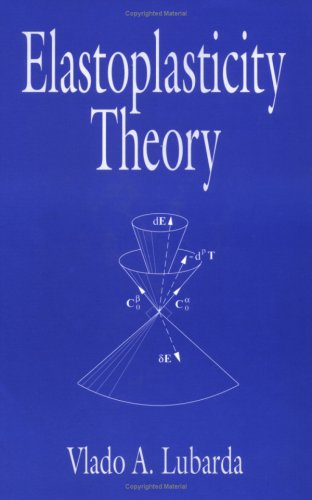
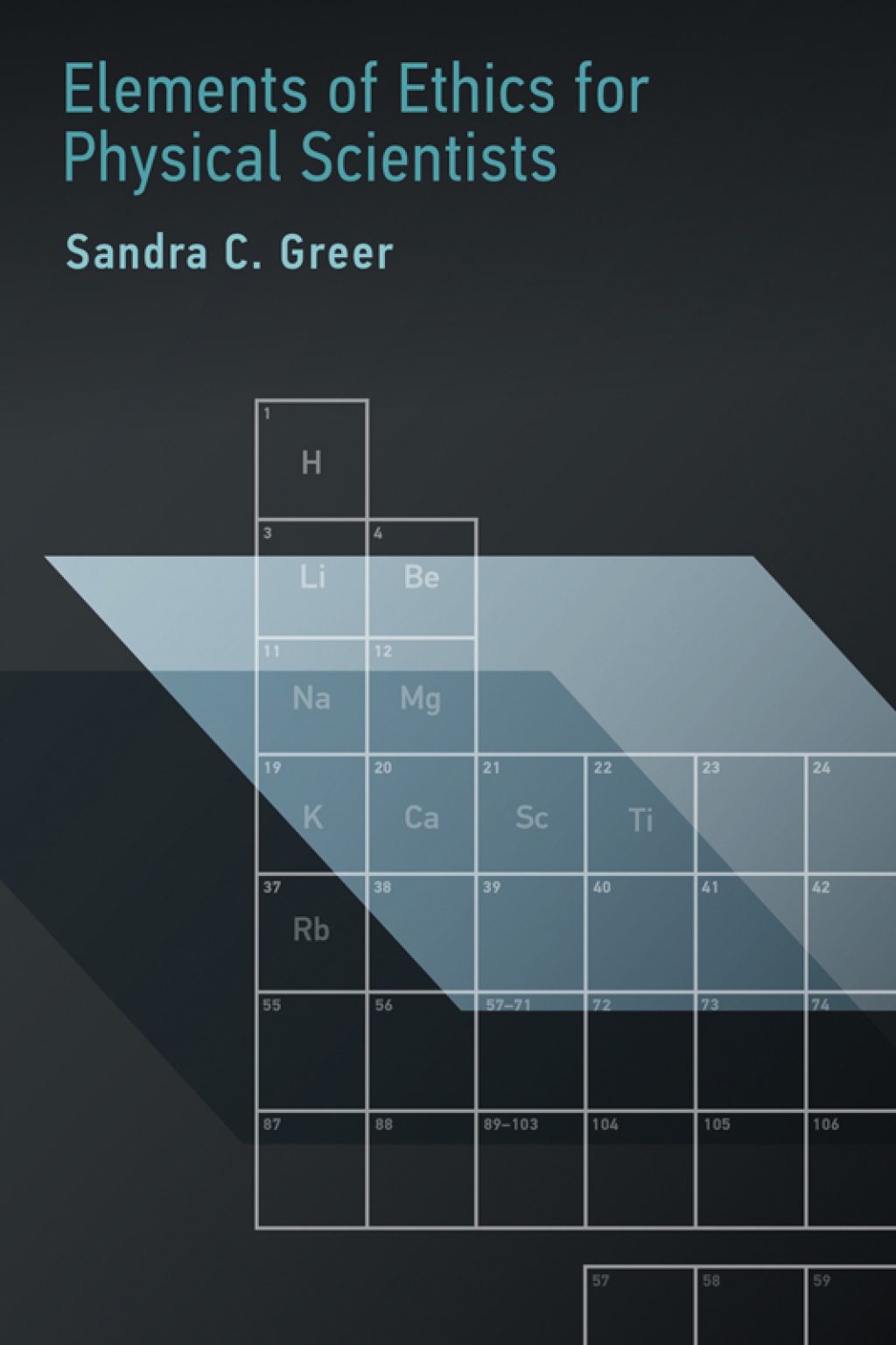

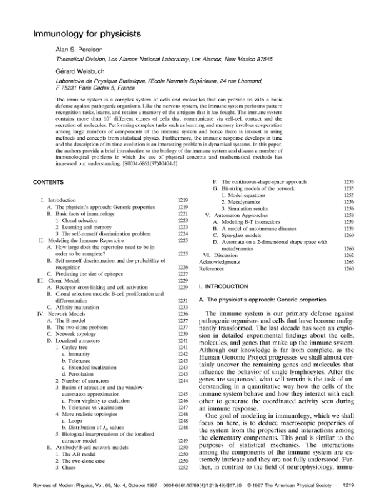

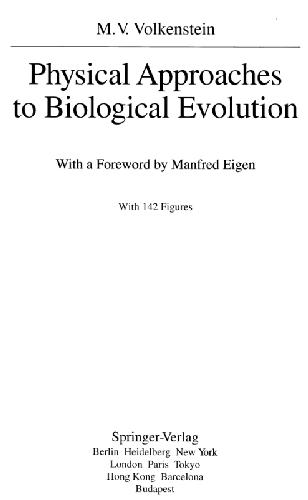
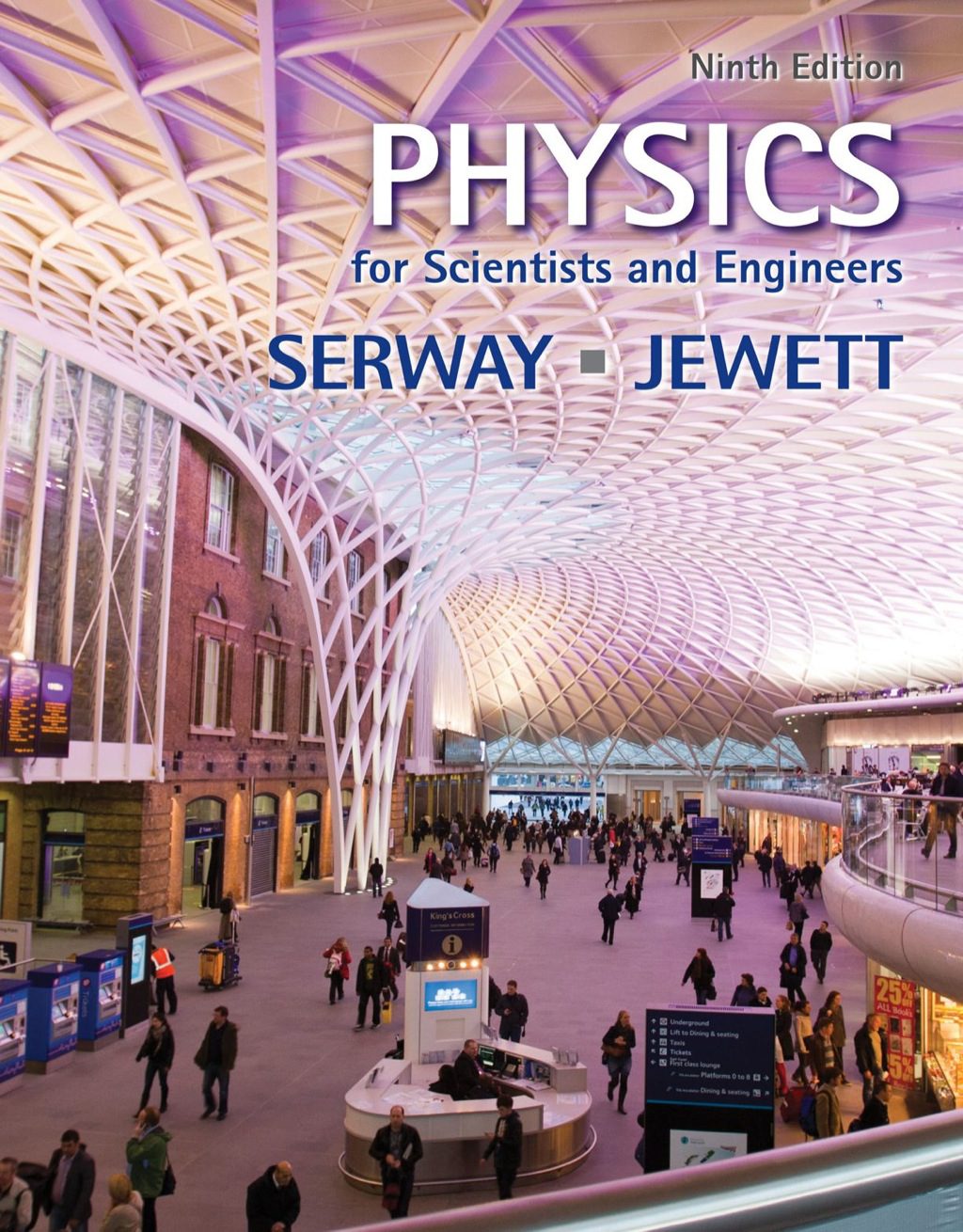
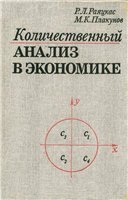
Reviews
There are no reviews yet.